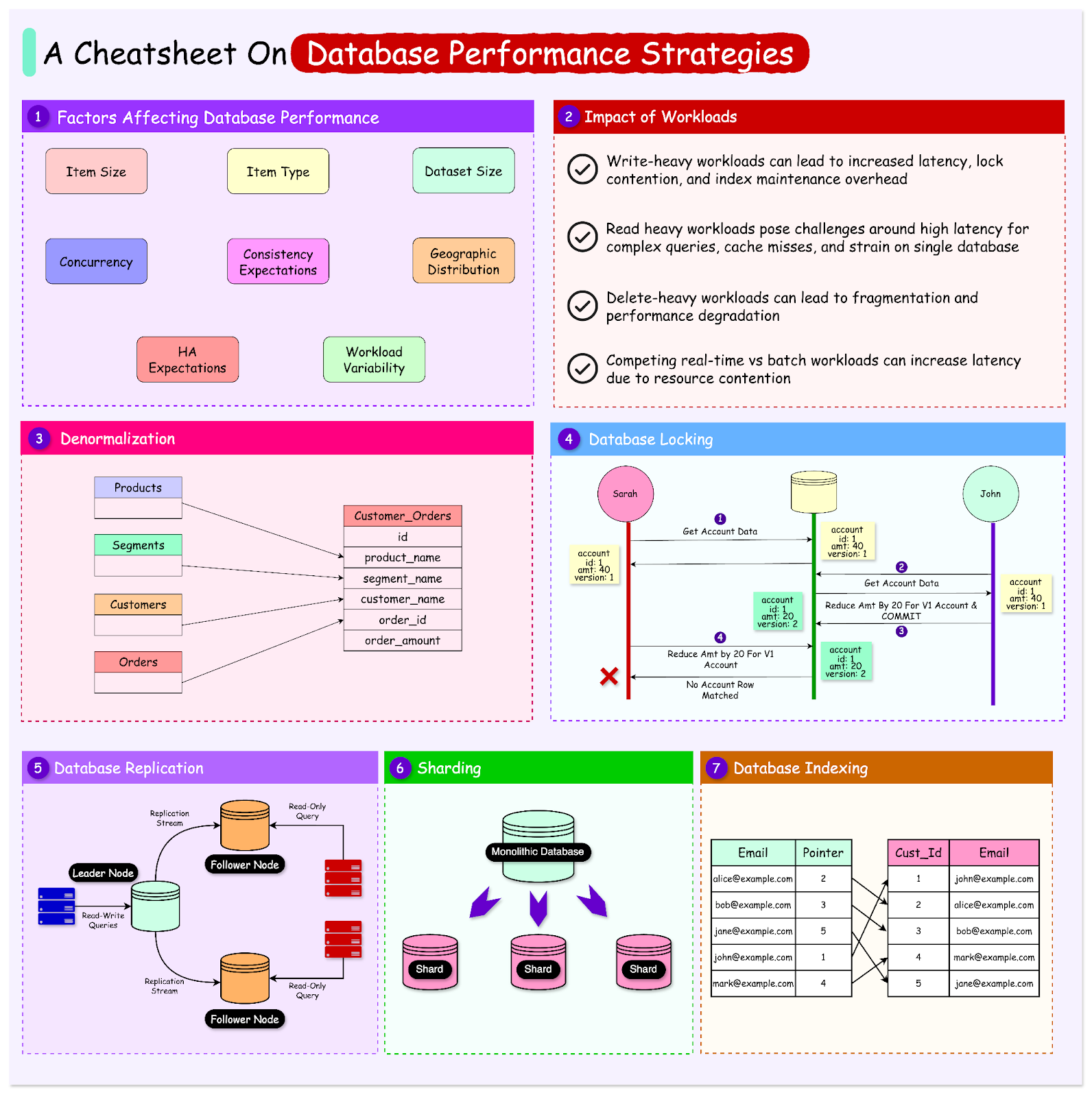- Mailing Lists
- in
- Database Performance Demystified: Essential Tips and Strategies
Archives
- By thread 5228
-
By date
- June 2021 10
- July 2021 6
- August 2021 20
- September 2021 21
- October 2021 48
- November 2021 40
- December 2021 23
- January 2022 46
- February 2022 80
- March 2022 109
- April 2022 100
- May 2022 97
- June 2022 105
- July 2022 82
- August 2022 95
- September 2022 103
- October 2022 117
- November 2022 115
- December 2022 102
- January 2023 88
- February 2023 90
- March 2023 116
- April 2023 97
- May 2023 159
- June 2023 145
- July 2023 120
- August 2023 90
- September 2023 102
- October 2023 106
- November 2023 100
- December 2023 74
- January 2024 75
- February 2024 75
- March 2024 78
- April 2024 74
- May 2024 108
- June 2024 98
- July 2024 116
- August 2024 134
- September 2024 130
- October 2024 141
- November 2024 171
- December 2024 115
- January 2025 216
- February 2025 140
- March 2025 220
- April 2025 233
- May 2025 239
- June 2025 303
- July 2025 40
GRAB 3 FREE 1 !!! EXCEL DASHBOARDS AND REPORTS (14 - 15 Jan 2025)
MACHINERY DIRECTIVE 2006/42/EC TRAINING - In House Training
Database Performance Demystified: Essential Tips and Strategies
Database Performance Demystified: Essential Tips and Strategies
Latest articlesIf you’re not a subscriber, here’s what you missed this month.
To receive all the full articles and support ByteByteGo, consider subscribing: Databases are the backbone of modern applications. They power everything from e-commerce platforms and financial systems to social media and analytics tools. Ensuring good database performance is critical, as it directly impacts user experience, operational costs, and the ability to scale when needed. Users expect applications to respond instantly. A slow database can lead to delays in fetching data, resulting in poor application performance and monetary impact. For example:
A strong database performance is the key to retaining users and keeping them positively engaged with the application. Database inefficiencies often lead to increased hardware requirements and higher cloud usage bills. Poorly optimized queries can consume excessive CPU, memory, and disk I/O. This leads to organizations provisioning expensive resources to compensate for poor performance, which could have been avoided with proper optimization. However, optimizing database performance requires a multi-faceted approach. There is no magical one-size-fits-all strategy. In this post, we’ll explore the various factors that can impact the performance of a database. We’ll also look at multiple strategies that can help improve the database performance. Key Metrics to Evaluate Database Performance... Continue reading this post for free in the Substack app© 2024 ByteByteGo |
by "ByteByteGo" <bytebytego@substack.com> - 11:35 - 12 Dec 2024

